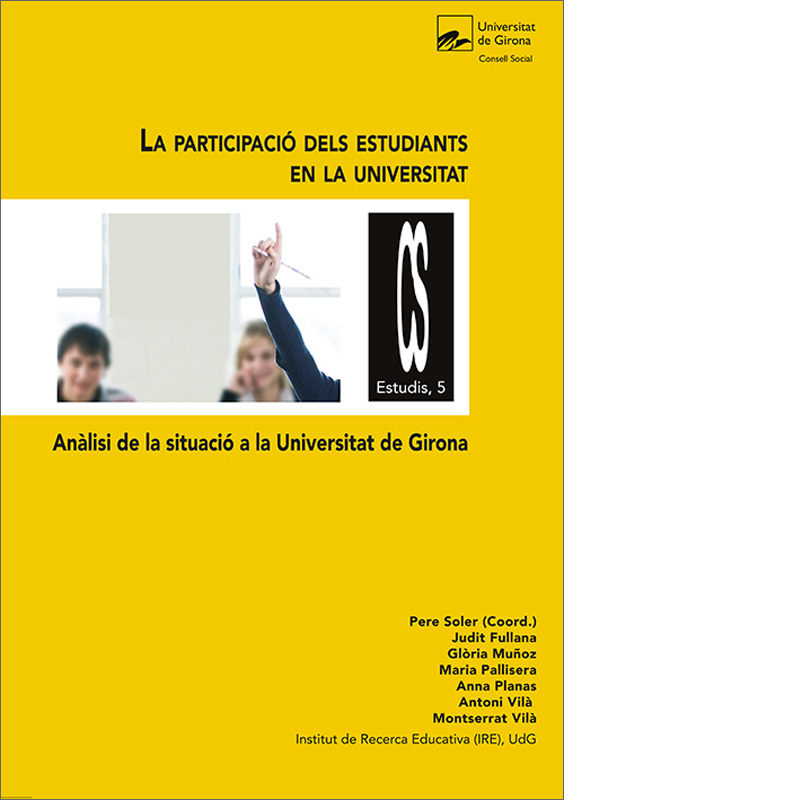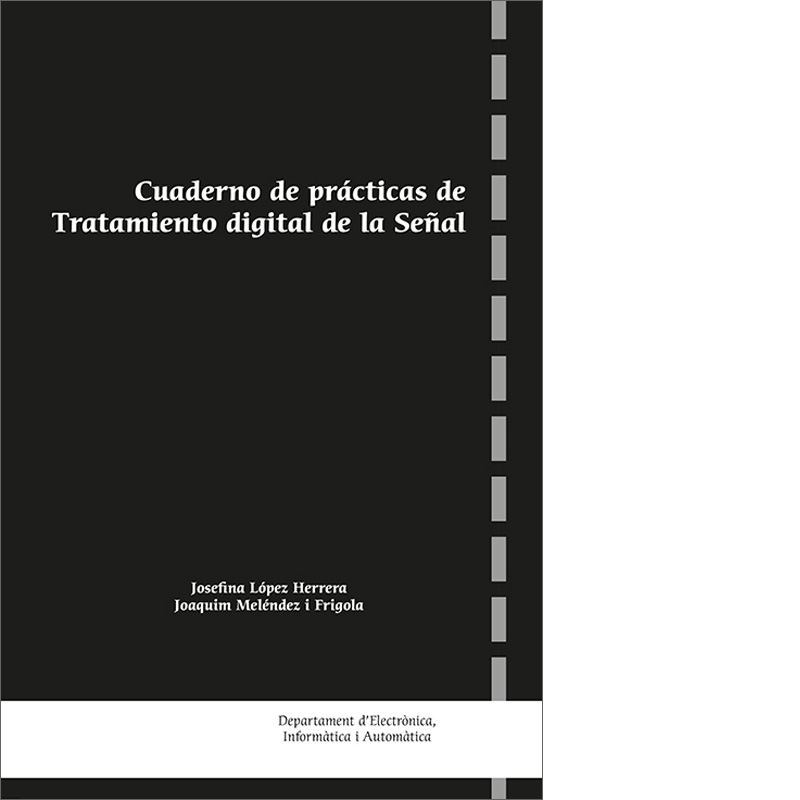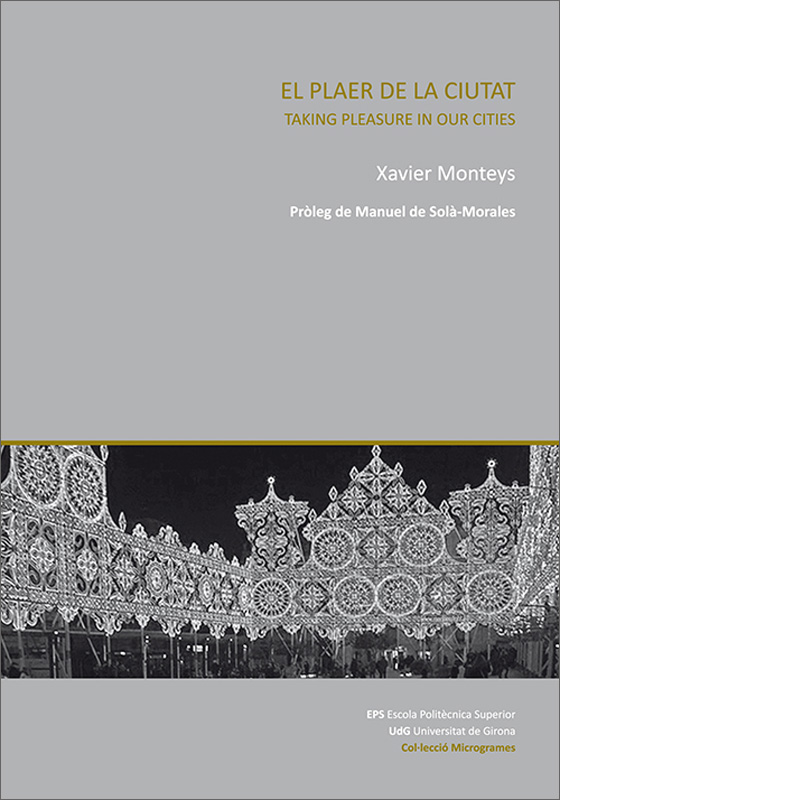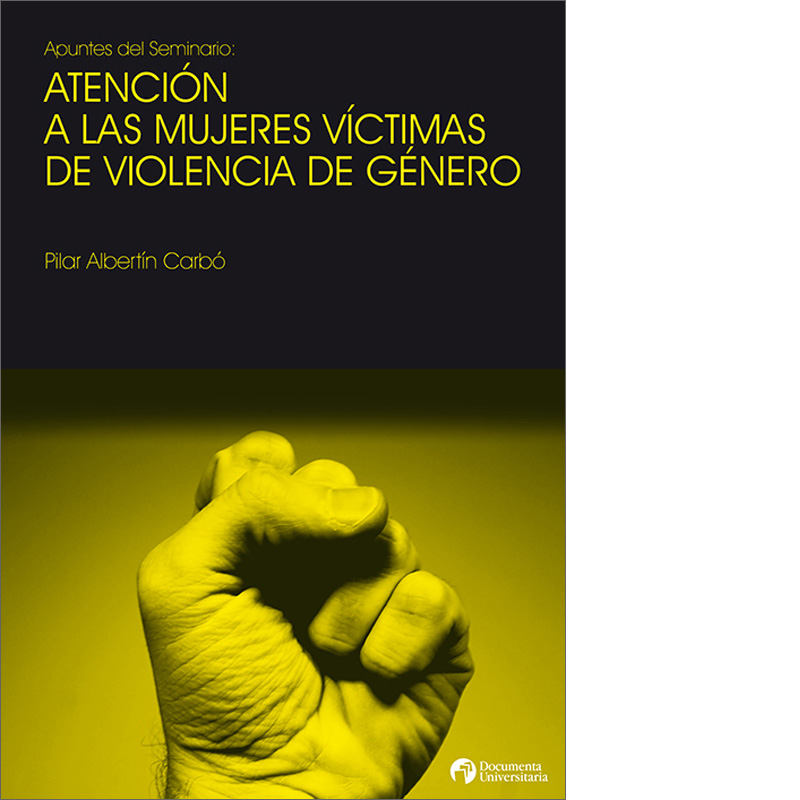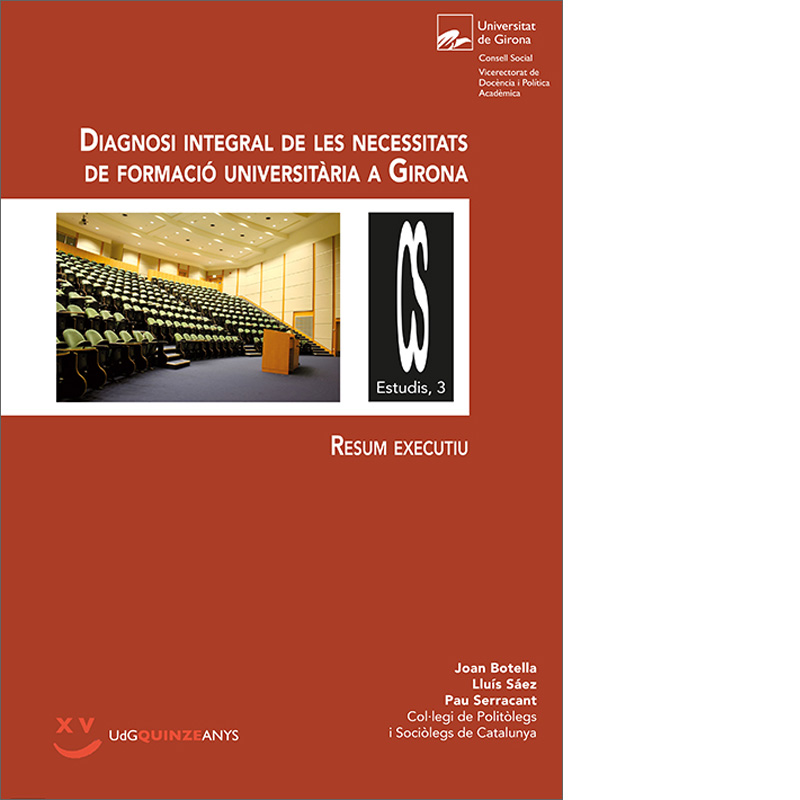Description
Normal.dotm 0 0 1 160 913 Edicions A Petició SL 7 1 1121 12.0 0 false 21 18 pt 18 pt 0 0 false false false /* Style Definitions */ table.MsoNormalTable {mso-style-name:"Tabla normal"; mso-tstyle-rowband-size:0; mso-tstyle-colband-size:0; mso-style-noshow:yes; mso-style-parent:""; mso-padding-alt:0cm 5.4pt 0cm 5.4pt; mso-para-margin-top:0cm; mso-para-margin-right:0cm; mso-para-margin-bottom:10.0pt; mso-para-margin-left:0cm; mso-pagination:widow-orphan; font-size:12.0pt; font-family:"Times New Roman"; mso-ascii-font-family:Cambria; mso-ascii-theme-font:minor-latin; mso-hansi-font-family:Cambria; mso-hansi-theme-font:minor-latin; mso-fareast-language:EN-US;} This study discusses both the levels and the forms of student participation in the functioning of the university and takes an in-depth look at the models and the dynamics that favour such participation. Based on a case study at the University of Girona, it presents diff erent points of view of the current situation of student participation there and proposes courses of action to promote it further. Th is study has convinced its authors that student participation in the functioning of the university is a desirable goal of the university community. In addition, as the university is a centre of training that not only trains scientists and professionals in diff erent areas but also contributes (or should contribute) to the training of citizens, student participation must be approached as a learning objective in and of itself. Th is study was funded through the 2007 edition of UdG grants for cooperative R+D projects in the humanities and the social sciences and was carried out for the most part during 2008 and at the beginning of 2009. The UdG participation data presented are from the year 2008. n


